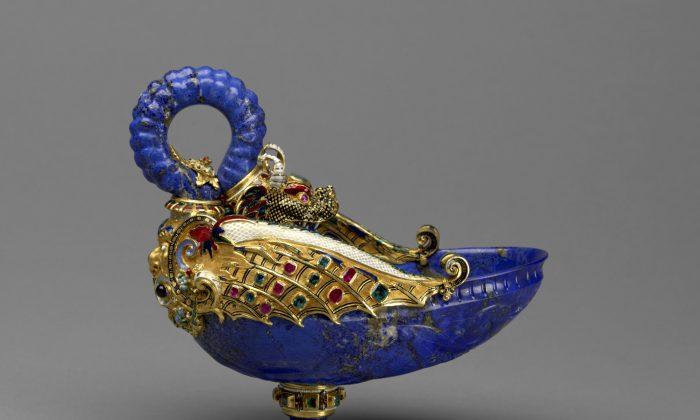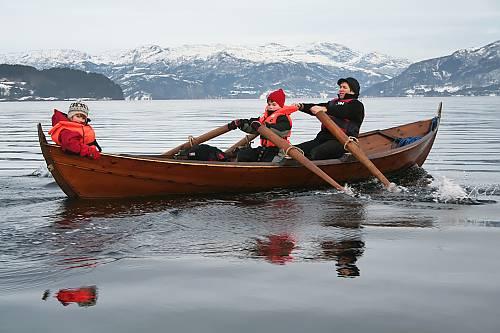According to Sabine Haag, director-general of the Kunsthistorisches Museum in Vienna, modern collecting originated in France in the 14th and early 15th century.
From that time, following the example of the Duc de Berry (1340–1416), “The idea of collecting as an expression of princely self aggrandizement and courtly display spread throughout Europe,” Haag said.
The collector whose treasures are among the most impressive are those of Emperor Rudolf II (1552–1612), nephew of Ferdinand II of Tyrol in Austria, who was brought up at the court of his uncle, King Philip II of Spain. He understood that art could project his role and status as the future ruler of the Austrian Empire.
Upon being crowned emperor in 1576, Rudolf II promptly moved his capital from Vienna to Prague, where, as notes from the Kunsthistorisches state, “he amassed a fabulous collection comprised of paintings, antique sculptures, magnificent arms, and objets d'art.”
It is true that Rudolf had an eye for collecting. His unrivaled connoisseurship, knowledge of the world, and superb education helped attract the best goldsmiths, stone carvers, clockmakers, and painters to his court in Prague. What they did was create the “style of Rudolf II,” which only a few very privileged people saw.
Rudolf II was definitely the most important collector and patron from the House of Hapsburg. Eight rooms were adapted to house his collection of paintings, his library, and the Kunstkammer or Chamber of Wonders in his palace at Prague. Unfortunately, the ravages of the Thirty Years’ War reduced the “encyclopedic breadth” of what remains of this collection.
Lucky visitors to Vienna will be able to book a time to view this collection, as the largest extant holdings of works collected by Rudolf II are now at the Kunsthistorisches. A visit to Gallery 27 is important for those who would like to see what was once in the emperor’s Kunstkammer in Prague. Included are works by Adriaen de Vries, Ottavio Miseroni, and Jan Vermeyen.
Susan Hallett is an award-winning writer and editor who has written for The Beaver, The Globe & Mail, Wine Tidings, and Doctor’s Review, among others. You may contact her at [email protected]






Friends Read Free